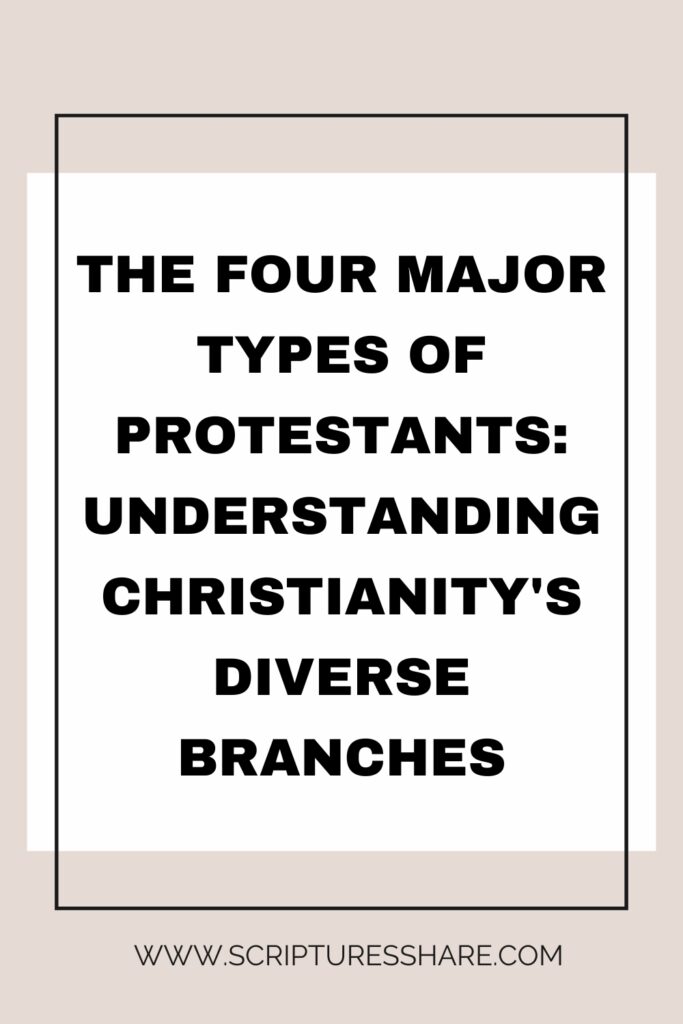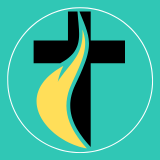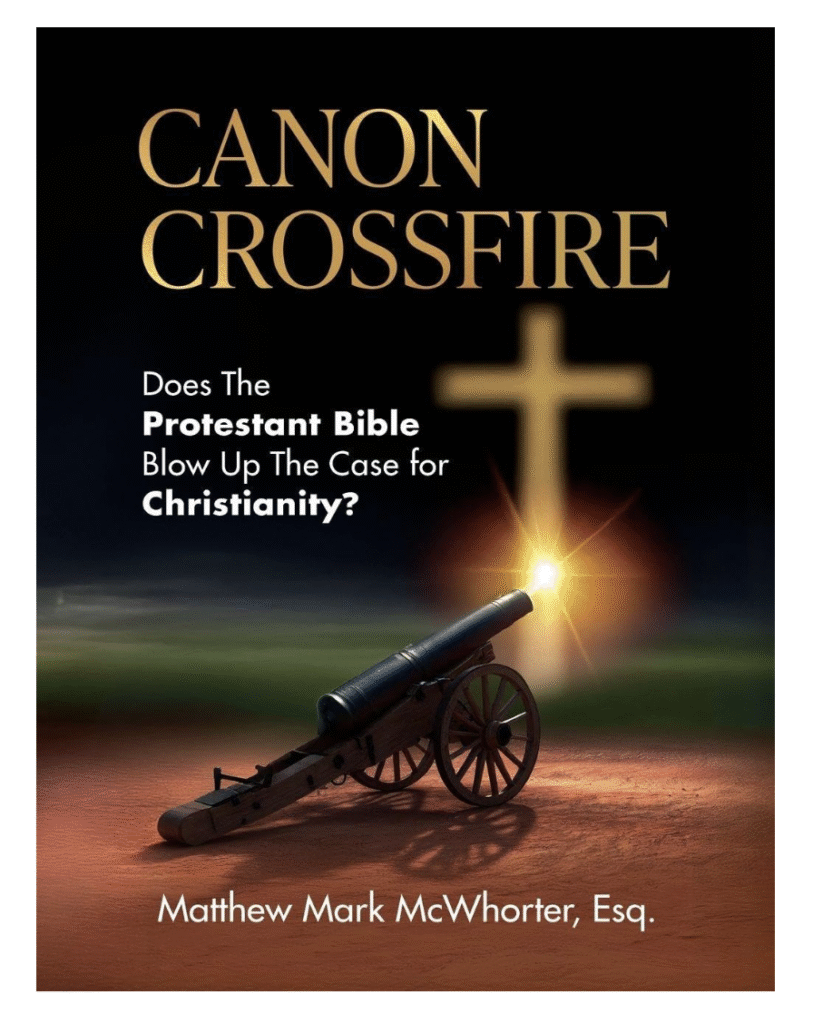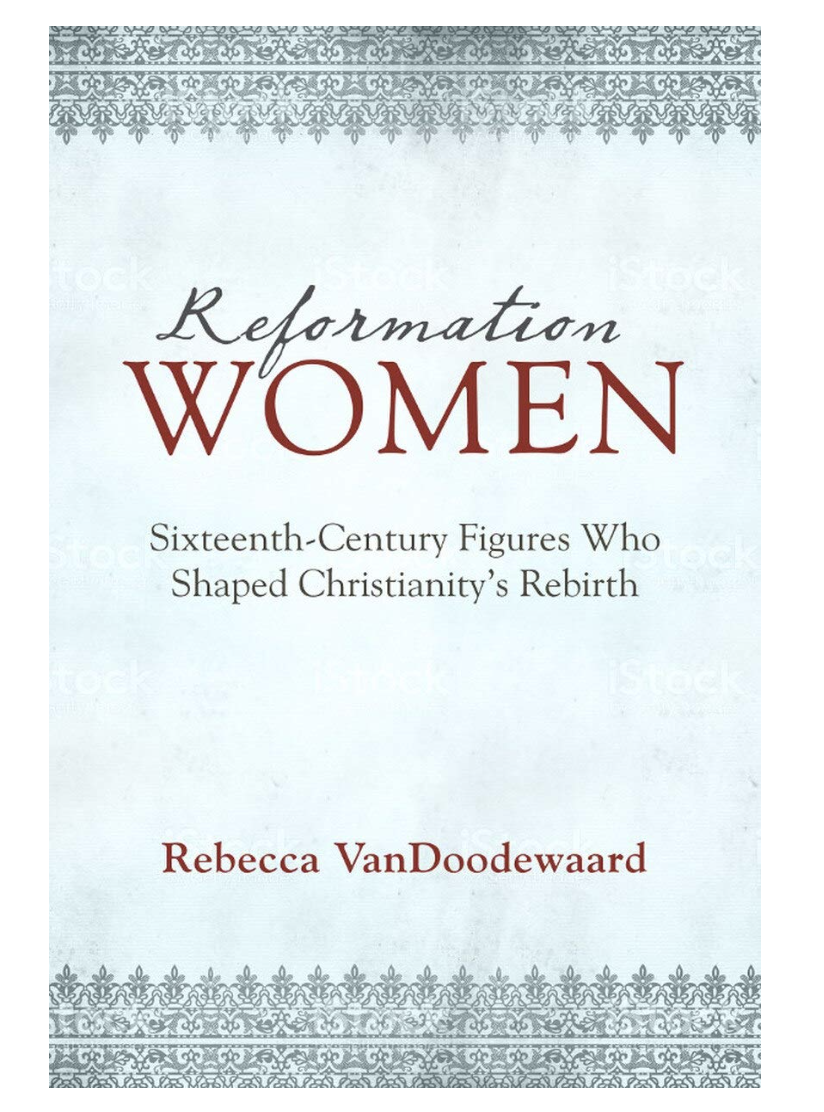No products in the cart.
What Are The 4 Major Types Of Protestants
This post contains paid and/or affiliate links. I make a small commission at no extra cost to you. Please see our Privacy Policy.
When people ask about Protestantism, they’re often surprised to learn it’s not just one unified group. Protestant Christianity actually includes several distinct traditions, each with its own history, beliefs, and worship style.
If you’ve ever wondered what makes Lutherans different from Baptists, or why Anglicans worship differently than Pentecostals, you’re in the right place.
What Is Protestantism?
Before we dive into the different types, let’s start with the basics. Protestantism began in 16th century Europe when reformers like Martin Luther challenged certain practices of the Catholic Church. The movement got its name in 1529 when German princes formally protested against Catholic authority—literally becoming “Protestants.”
What started as a reform movement quickly grew into something much bigger, spreading across Europe and eventually around the world. Today, Protestantism represents one of Christianity’s three major branches, alongside Catholicism and Eastern Orthodoxy.
The Four Main Protestant Traditions
While you’ll find dozens of Protestant denominations today, most fall into four major categories. Think of these as the main family trees of Protestant Christianity.
1. Lutheranism: Where It All Started
Martin Luther didn’t set out to start a new church when he nailed his 95 Theses to that church door in Wittenberg, Germany, in 1517. He just wanted to fix what he saw as serious problems in the Catholic Church. But his ideas caught fire.
What Makes Lutherans Unique:
- They believe you’re saved by faith alone, not by good works or religious rituals
- The Bible is their ultimate authority, not church tradition or the Pope
- They keep traditional worship styles with liturgy and communion
- Every believer is considered a “priest” who can approach God directly
Walk into a Lutheran church today, and you’ll probably recognize the formal structure of the service. They’ve held onto many traditional elements while firmly embracing Reformation theology. The Lutheran tradition is especially strong in Germany, Scandinavia, and parts of the United States.
2. Reformed/Calvinist: God’s Sovereignty Takes Center Stage
John Calvin took the Reformation in a different direction in Geneva, Switzerland. His theological system put God’s absolute control over everything at the forefront.
Core Reformed Beliefs:
- God is completely sovereign over all creation and human affairs
- Predestination means God chose who would be saved before creation
- Humanity is totally corrupt and unable to save itself
- Grace is irresistible—when God calls someone, they will respond
- True believers will persevere in faith until the end
Reformed churches tend to have simpler worship services focused heavily on preaching and teaching Scripture. You won’t find as much liturgy or ceremony here. Presbyterian churches follow the Reformed tradition, as do many Dutch Reformed congregations.
3. Baptist: Believer’s Baptism and Local Church Freedom
Baptist churches emerged in the early 1600s with a radical idea for their time: only people old enough to choose their faith should be baptized, and that baptism should be by full immersion in water.
What Defines Baptist Churches:
- Baptism is for believers only, performed by complete immersion
- Each local church governs itself independently
- There’s no denomination-wide hierarchy telling churches what to do
- Members make decisions together as a congregation
- You must personally confess faith in Christ to join the church
Baptist worship tends to be less formal than Lutheran or Anglican services. You’ll hear passionate preaching, congregational singing, and a strong emphasis on personal conversion.
The Southern Baptist Convention is the largest Protestant denomination in the United States, but you’ll find Baptist churches in virtually every style imaginable.

4. Anglican/Episcopal: The Middle Way
The Church of England split from Rome in the 1530s for political reasons as much as theological ones. King Henry VIII wanted an annulment the Pope wouldn’t grant, so he declared himself head of the English church.
Anglican Distinctives:
- They follow the Book of Common Prayer for worship
- Church leadership includes bishops, priests, and deacons
- Both Scripture and church tradition matter
- Worship blends Catholic and Protestant elements
- They emphasize the “middle way” between extremes
Anglican churches (called Episcopal churches in the United States) often feel more Catholic than other Protestant churches. They use liturgy, observe the church calendar, and maintain traditional ceremonies.
Yet they’re firmly Protestant in theology. The Archbishop of Canterbury serves as the spiritual leader of the worldwide Anglican Communion.
Two Other Important Protestant Movements
While the document mentions four main types, Protestant Christianity has continued evolving. Two other movements deserve mention:
Anabaptists: The Radical Reformers
Groups like the Mennonites and Amish came from the “Radical Reformation.” They believed Luther and Calvin didn’t go far enough. Anabaptists insisted on adult baptism, complete separation of church and state, and often pacifism. Many Anabaptist communities still maintain distinctive lifestyles separate from mainstream society.
Pentecostals: Spirit-Filled Christianity
Pentecostalism exploded onto the scene in the early 1900s at the Azusa Street Revival in Los Angeles. Pentecostals emphasize:
- Baptism in the Holy Spirit as a separate experience from conversion
- Speaking in tongues as evidence of Spirit baptism
- Divine healing and miracles for today
- Expressive, emotional worship
- Manifestation of spiritual gifts
This movement has become one of the fastest-growing segments of Christianity worldwide, particularly in Africa, Latin America, and Asia.
Key Figures Who Shaped Protestant History
Understanding Protestantism means knowing something about the people who built these traditions:
The Original Reformers:
- Martin Luther sparked everything with his challenge to Catholic indulgences
- John Calvin developed systematic Reformed theology in Geneva
- Ulrich Zwingli led the Reformation in Zurich, Switzerland
Later Leaders:
- John Wesley founded Methodism, emphasizing personal holiness and social action
- Charles Spurgeon became the “Prince of Preachers” in Baptist circles
- Dietrich Bonhoeffer stood against Nazi Germany as a Lutheran pastor
- Billy Graham brought evangelical Christianity to millions worldwide
- Martin Luther King Jr. applied Baptist theology to civil rights
Each tradition has produced countless teachers, preachers, and leaders who shaped how millions practice their faith.
What Do All Protestants Share?
Despite their differences, Protestant Christians agree on several core principles:
The Five Solas of the Reformation:
- Sola Scriptura – Scripture alone is the final authority
- Sola Fide – Salvation comes through faith alone
- Sola Gratia – We’re saved by grace alone, not our merit
- Solus Christus – Christ alone is our mediator with God
- Soli Deo Gloria – All glory belongs to God alone
These foundational beliefs unite Protestants even when they disagree on other matters.
How Protestantism Spread Around the World
The Protestant movement didn’t stay in Europe long. Here’s how it reached every continent:
North America: Pilgrims, Puritans, and other Protestant groups colonized much of what became the United States and Canada. Protestant values deeply influenced American culture, from democracy to the work ethic to separation of church and state.
Africa: Missionaries arrived during colonization, and today Christianity is exploding across Africa. Many African churches blend Protestant theology with indigenous cultural expressions, creating vibrant, unique expressions of faith.
Latin America: Though traditionally Catholic, Latin America has seen massive Protestant growth, especially among Pentecostal and charismatic churches. Brazil now has over 40 million Protestants.
Asia: South Korea has become a Protestant powerhouse, with massive churches and influential missionaries. Protestant Christianity is also growing rapidly in China, often in underground house churches.
Pacific Islands: Protestant missionaries reached even remote island nations, establishing churches that remain strong today.
Why These Differences Matter
You might wonder why Christians need so many different denominations. Can’t everyone just agree?
The reality is that these different traditions serve different people and contexts. Some folks thrive in the structure and liturgy of Lutheran or Anglican worship. Others find freedom in Baptist congregational life. Still others experience God most deeply in charismatic Pentecostal services.
These differences also reflect genuine theological disagreements that Christians have wrestled with for centuries. Questions about baptism, church governance, the role of tradition, and how salvation works aren’t trivial—they touch on how we understand God and our relationship with him.
Finding Your Place in the Protestant Family
If you’re exploring Protestant Christianity, here are some questions to consider:
- Do you prefer structured, liturgical worship or more informal services?
- How important is church tradition versus Scripture alone?
- What’s your view on baptism—for infants or believers only?
- Do you value centralized church authority or local congregation independence?
- Are you drawn to expressive, charismatic worship or quieter contemplation?
Visit different churches. Talk to members. Read their statements of faith. Most importantly, look for a community where you can grow spiritually and serve others.
The Bottom Line
Protestantism encompasses remarkable diversity within Christianity. From the liturgical beauty of Lutheran services to the passionate preaching in Baptist churches, from the balanced “middle way” of Anglicans to the Spirit-filled worship of Pentecostals, these traditions offer different paths to knowing and serving God.
What started as Martin Luther’s protest against church corruption became a worldwide movement that transformed Christianity.
Today, hundreds of millions of Protestants worship in countless denominations, united by core beliefs while maintaining their distinctive practices.
Understanding these four major Protestant types—Lutheran, Reformed, Anglican, and Baptist (plus movements like Anabaptism and Pentecostalism)—helps us appreciate the richness and complexity of Protestant Christianity.
Each tradition brings unique gifts to the broader Christian church, and together they reflect the diverse ways people encounter and worship God.
Whether you’re a lifelong Protestant, exploring Christianity for the first time, or just curious about religious history, recognizing these differences helps you navigate the Protestant landscape with greater understanding and appreciation.

















